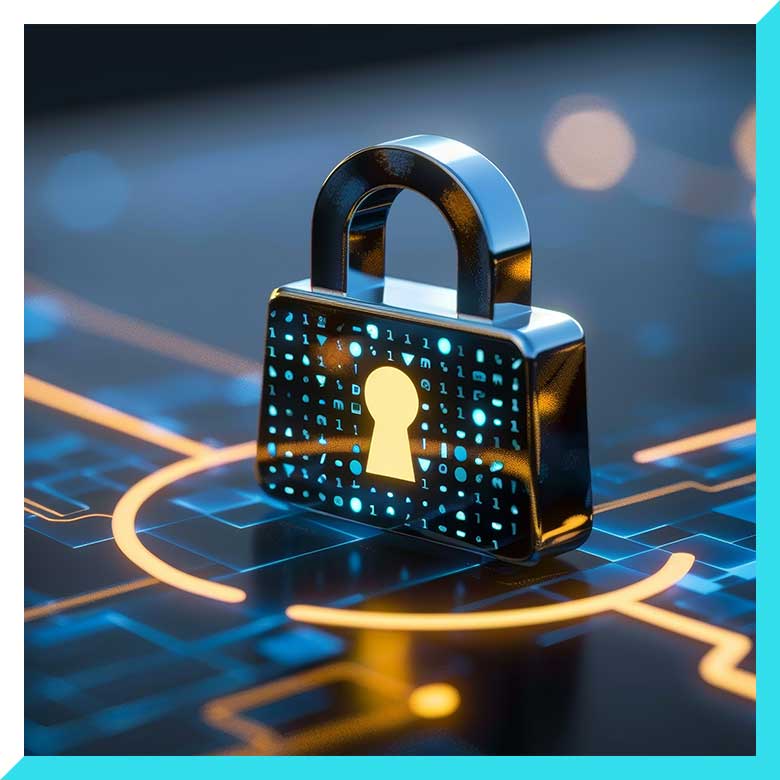Suspicious transaction monitoring should be a core component of any payment fraud detection strategy. By paying close attention to red flags and suspicious activity, you can avoid merchant services fraud. Listed below are the top ways merchants in the retail and online environment can monitor transactions and identify potential fraud. You can also learn more about how Bluefin’s PayConex payment gateway can help in the fraud fight at https://www.bluefin.com/products/payconex-gateway/.

Fraudulent Transaction Red Flags
Online Fraud Detection
- The shipping address does not match billing address, especially if the shipping address is a freight forwarder or re-shipper
- The shipping address, billing address and IP address are unusually far from each other
- The billing address is different than the contact information on file with the card-issuing bank
- Several small transactions are made in a short time using the same or similar card numbers
- The buyer attempts to circumvent your usual payment process (e.g., sending credit card information via email rather than entering it on your website)
- The order is for an unusually large amount of items, or a large amount of the same item
- The purchaser wants items rushed or shipped with next-day shipping (this is not necessarily suspicious on its own, but is very suspicious along with other red flags)
- The order is from another country, particularly if you sell items that could be easily obtained in any country
- The customer tries different expiration dates after initial decline
- A large quantity of orders is placed in an unusually small timeframe
Signs of Fraud in the Retail Environment
- The customer makes a large purchase without usual regard to details of items or price (e.g. clothing in all different sizes or styles)
- They make a major purchase without asking questions
- The customer tries to rush the sale or distract cashier
- They make a purchase, then return later to purchase more
- The customer arrives right when the store opens or right before closing
- They pull a credit card from their pocket instead of a wallet or purse
- The customer requests that the card is keyed rather than swiped or inserted
- They are slow or deliberate with their signature
- The purchaser hesitates or stumbles when asked for information, such as ZIP code or surname
What To Do if you Suspect Fraudulent Transactions
Online Fraud Detection
STEP 1: Any time you suspect a fraudulent transaction, we strongly suggest that you do not run it or void it until you are comfortable. If the transaction has already been run and batched out, wait to ship the product until you have verified the transaction.
NOTE: If you are suspicious of a transaction that hasn’t been batched out yet, we suggest you void it. If you end up refunding it, you will still be liable for the processing fees for the original transaction and you run the risk of a chargeback.
STEP 2: If you are a Bluefin merchant and suspect fraud, contact our risk department at 800-675-6573, option 3.
Retail Fraud Detection
Ask the cardholder for proof of identification. If they are unable to provide it, do not proceed with the sale.

Ways to Verify the Validity of a Transaction
Online Fraud Detection
- Do a Google Maps search of the shipping address to make sure it is not a UPS store, freight forwarder or other parcel-forwarding service.
- If you have a phone number or email address, do a Google search of it in quotes (e.g. “773-555-9136”) which will only bring up exact results.
- Identify the card-issuing bank using the first six digits of the card. Then, call the card-issuing bank to verify the name on the card and billing address. They will be able to answer yes or no if the address and name you have are correct. You can identify the bank at https://www.binbase.com/.
- If the information seems to match and only the shipping address is different, use websites such as 411.com to find an alternate phone number for the cardholder based on their name and address.
- Call the cardholder to ask about the order. Sometimes a credit card thief will give the actual cardholder’s phone number. Other times, it will go to a disconnected number.
- Do a reverse IP address search to verify that the purchaser is in the same city and state that they are purported to be in.
Retail Fraud Detection
- Ask for identification.
- Verify that the signature is the same name on the card. If it looks different, ask for identification.
- Check the card’s security features.
- Check that the first 4 digits of the card number and the number printed below the embossed number match.
- Look for ghost images of embossed numbers that have been removed.
- See if the hologram is intact. If the card has been re-embossed, the hologram will be damaged.

